Imagine you’re at a friend’s house when suddenly someone stops breathing after using heroin or a prescription painkiller. In that frantic minute, a single spray of naloxone can pull a person back from the brink of death. That’s opioid overdose reversal in action – a life‑saving moment that’s as real as the heart‑pounding rush of adrenaline you feel when you realize help is possible.
In this guide I’m going to walk you through everything you need to know about opioid overdose reversal – what the medication is, how fast it works, why Medicaid is finally covering it, and how you can get your own dose today. Think of it as a friendly chat over coffee, with a dash of data, a sprinkle of stories, and plenty of practical tips.
What Is Naloxone?
Naloxone (often known by the brand name Narcan®) is the star of opioid overdose reversal. It’s an opioid antagonist, which means it blocks the receptors opioids latch onto and essentially “turns the lights back on” when breathing slows or stops. The drug can be administered as a pre‑filled nasal spray or an injectable solution.
According to CDC, naloxone can restore normal breathing within 2‑3 minutes – often fast enough to prevent permanent brain damage.
Why It Works
When an opioid binds to the brain’s mu‑receptors, it slows the signal that tells the body to breathe. Naloxone has a stronger affinity for those same receptors, so it displaces the opioid and reverses its effects. Think of opioids as a heavy blanket smothering a fire; naloxone is the gust of wind that lifts it away, letting the flames (your breath) flare back up.
Two forms are most common:
- Nasal spray – a quick, needle‑free puff that most people find easiest.
- Injectable – a small jab into the muscle or under the skin, useful if you have training or need a higher dose.
Benefits Overview
Here are the biggest reasons why communities are buzzing about naloxone:
- Lives saved: In 2021 more than 80,000 opioid‑related deaths were recorded in the U.S. Studies show that widespread naloxone distribution can cut mortality by up to 30%.
- Community empowerment: Bystanders are now the first line of defense – more than one in three overdoses involve a non‑professional responder.
- Economic sense: Preventing a single overdose avoids costly emergency‑room stays and long‑term care, saving Medicaid billions each year.
Potential Risks
No medical tool is without downsides, and naloxone is no exception. If you give it to someone physically dependent on opioids, they may experience sudden withdrawal – shaking, nausea, or anxiety. These symptoms are uncomfortable but short‑lived compared with the alternative of death.
Another limitation is its short duration. The medication typically works for 30‑90 minutes, after which the opioid may re‑occupy the receptors. That’s why you should always call 911 and be prepared to give a second dose if breathing doesn’t stay steady.
Medicaid Coverage
Good news! The majority of Medicaid Managed Care Plans now cover naloxone, often with no copay. This shift reflects growing awareness that “prevention is cheaper than treatment.”
Here’s a quick snapshot of what you might expect from your plan:
- Coverage status: Yes – most state Medicaid programs list naloxone as a covered pharmacy benefit.
- Quantity limits: Usually 2‑4 doses per prescription, though high‑risk patients can request more.
- Cost to you: Often $0 or a nominal $1‑$5 depending on your specific plan.
Want to double‑check your plan’s details? Visit our naloxone coverage page – it has step‑by‑step instructions for logging into your member portal and finding the exact formulary.
Getting Access
Getting naloxone in your hands is easier than it used to be. In all 50 states you can walk into a pharmacy and walk out with a box, no prescription required. If you prefer a community route, many local health departments, harm‑reduction centers, and even some libraries keep “NaloxBoxes” stocked for free.
For a deeper dive into where you can pick one up, check out our naloxone access guide.
How to Use – Step‑by‑Step
When to Administer
First, spot the signs. Classic overdose clues include:
- Pinpoint pupils that don’t react to light
- Very slow or shallow breathing (or a gurgling “snoring” sound)
- Unresponsiveness or inability to wake the person
- Blue‑tinged lips or fingertips
If any of these appear, it’s time to act.
Nasal Spray Method
- Remove the device from its packaging and pull off the protective cap.
- Hold the nozzle a few centimeters from one nostril and press firmly until you hear a spray.
- Stay with the person for 2‑3 minutes, watching their breathing.
- If breathing hasn’t improved, give a second dose using a new device if you have one.
Injectable Method (If Trained)
- Clean the injection site with an alcohol swab.
- Place the needle into the muscle (usually the thigh) or under the skin as instructed.
- Inject the full dose, then gently massage the area.
- Watch for breathing restoration; repeat after 2‑3 minutes if needed.
After‑Dose Actions
Never walk away after you’ve given naloxone. Call 911 immediately, even if the person seems fine. Keep them lying on their side (“recovery position”) to prevent choking if they vomit. Stay calm; your presence is the most valuable thing you can offer.
Overdose Checklist
Having a short, printed checklist in your bag can be a lifesaver. Here’s a quick version you can copy onto a sticky note:
- Check breathing – is it shallow or stopped?
- Look for pinpoint pupils and blue lips.
- Administer naloxone (spray or injection).
- Call 911 – note the time of administration.
- Stay with the person, keep airway open.
- Give a second dose if no improvement after 2‑3 min.
- Hand over to EMS when they arrive.
State‑by‑State Limits
| State | Medicaid Covers Naloxone? | Quantity Limit per Rx | Notable Restriction |
|---|---|---|---|
| California | ✔ | No limit | None |
| Texas | ✔ | 2 doses/30 days | Physician order required |
| Florida | ✔ | 3 doses/90 days | Must be co‑prescribed with high‑dose opioid |
| New York | ✔ | 4 doses/year | Pharmacy must verify risk status |
| Ohio | ✔ | 2 doses/30 days | Good‑Samaritan law protects administrators |
For the most up‑to‑date limits in your state, see our naloxone quantity limits article.
Legal Protections & Restrictions
Most states have “Good‑Samaritan” statutes that shield you from criminal liability when you administer naloxone in good faith. However, a few jurisdictions still impose minor paperwork or require a standing order from a physician. Those nuances are covered in our naloxone restrictions page – a quick read that can keep you from an unexpected legal snag.
Quality & Authenticity
Before you buy, do a quick visual check:
- Look for the FDA seal and expiration date (usually two years from manufacture).
- Make sure the packaging isn’t torn or water‑damaged.
- If you receive a product that looks off, report it to the FDA’s MedWatch program.
Storing naloxone at room temperature, away from direct sunlight, helps preserve its potency.
Resources & Next Steps
Feeling a little more confident? Here’s what you can do right now:
- Print our quick‑reference card and stick it on your fridge.
- Locate the nearest pharmacy that stocks over‑the‑counter naloxone – a simple phone call can confirm availability.
- Sign up for a free community training session; many local health departments offer them on weekends.
- Talk to your loved ones about keeping a dose at home – you never know when it’ll become a lifesaver.
Conclusion
Opioid overdose reversal isn’t just a medical term – it’s a real‑world lifeline that anyone can carry. With naloxone widely available, Medicaid covering it, and clear steps for use, the power to save a life is literally in your pocket. Remember the three‑step rule: recognize the signs, administer naloxone, and call 911. Keep a dose at home, work, or in your car, and encourage friends and family to do the same. If you have questions or want to share a story of how naloxone helped you, feel free to reach out – we’re all in this together.

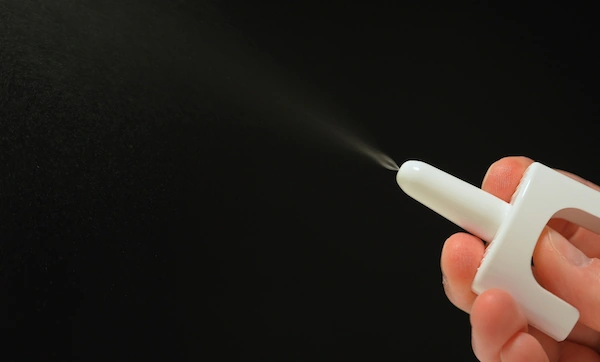
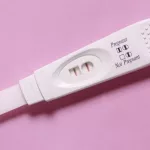





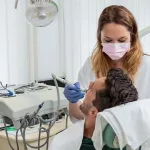
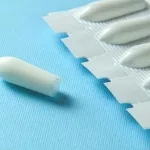
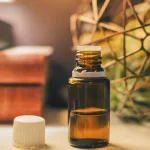







Leave a Reply
You must be logged in to post a comment.